INDIAN ARMED FORCES CHIEFS ON
OUR RELENTLESS AND FOCUSED PUBLISHING EFFORTS

SP Guide Publications puts forth a well compiled articulation of issues, pursuits and accomplishments of the Indian Army, over the years

I am confident that SP Guide Publications would continue to inform, inspire and influence.

My compliments to SP Guide Publications for informative and credible reportage on contemporary aerospace issues over the past six decades.
FDI in the Indian Defence Industry
The major global investors seeking to make large investments in the defence sector, are unlikely to find the change to be a significant departure from the past.
 |
By Air Marshal B.K. Pandey (Retd) Former Air Officer Commanding-in-Chief of Training Command, IAF |
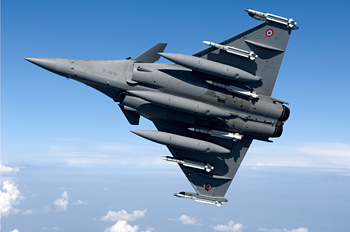
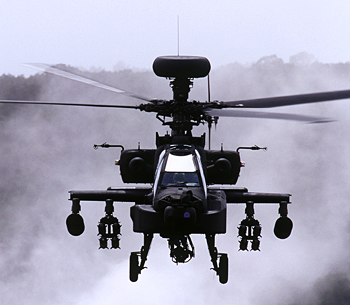
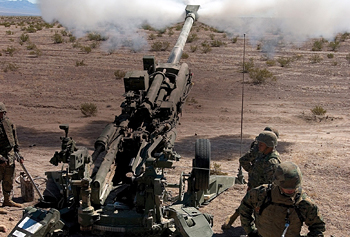
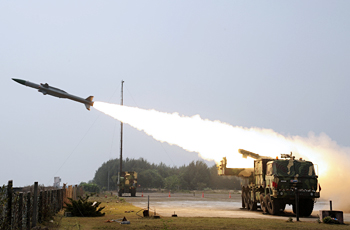
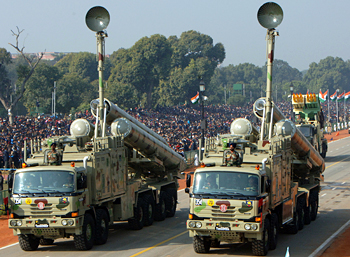
Barely 48 hours after the verdict in the elections in the state of Bihar that were somewhat uninspiring for the BJP, the Modi-led NDA government at the centre appears to have gone into a desperate overdrive to shift focus decisively from the humiliating political debacle to the national economy. This is one area where the majority of the population continues to have high hopes of delivery by the government. On November 10, the government unveiled a new framework of regulations for Foreign Direct Investment (FDI) into as many as 15 sectors of the industry in India. There has also been an effort to simplify procedures to enhance the ease of doing business in India. The high degree of difficulty entrepreneurs have always been confronted with while trying to set up business in India, has indeed been a major impediment so far to the growth of the industry in India especially of the defence and aerospace sector.
Some of the important sectors proclaimed to be covered by the recent decision on FDI are infrastructure development, broadcasting, civil aviation, agriculture, plantation, manufacturing, single-brand retail, private sector banking and even defence. The timing of this announcement was significant as it came on the eve of the visit of Prime Minister Narendra Modi to the United Kingdom. This step by the government is timely as it would certainly help boost the profile of India globally as an investment destination. It is understood that this decision on FDI was taken in a hurry, without scrutiny of the proposal by the Cabinet, which will now be expected to provide ex-post facto sanction. (See BOX for extract of Press Note of revised FDI related to the defence sector).
In the capital starved industry in India, FDI is generally seen as being a panacea of most if not all the ills plaguing the industry. Soon after coming to power at the centre in May 2014, the Modi-led government embarked on a "Make in India" campaign with the ultimate aim of creating a strong defence industrial base. FDI in the defence sector being an essential prerequisite for this mandate, as a first step, the government raised the limit of FDI from 26 to 49 per cent subject to scrutiny only by the Foreign Investment Promotion Board (FIPB). Under the UPA regime, FDI beyond 26 per cent required clearance by the Cabinet Committee on security. To that extent there was some forward movement. Prime Minister Modi however, was determined to ensure that India shed its image of being one of the largest importers in the world of weapon systems.
In the capital starved industry in India, FDI is generally seen as being a panacea of most if not all the ills plaguing the industry.
With the changes implemented soon after taking over, the NDA government had hopes that foreign investors would exploit the opportunities India had to offer across a wide range of industrial ventures, the defence industry certainly being one of the most lucrative. Data on FDI tabled in the Parliament in July 2014 had indicated that in the defence sector, in the preceding seven months, only six proposals for investment in the defence sector totalling to merely $15 million (Rs 97 crore) had been received. Of the six proposals, only two of them had reached the upper limit of 49 per cent. The intensity of response to the opportunity of FDI in the defence sector in India can be assessed when the size of the investment proposed to be made under this scheme in 2013-14 is viewed against the size of the contracts for military hardware concluded in the preceding ten years that was valued at $60 billion ( Rs 3,90,000 crore).
Under the revised procedure announced on November 10 this year, the only meaningful change that has been introduced is that FDI up to 49 per cent in the defence sector would be permitted under the "Automatic Route". This implies that the need for scrutiny and clearance by the FIPB that was introduced in mid 2014, has been dispensed with. However, proposals for FDI beyond 49 per cent would still have to be cleared by the FIPB. The major global investors who would be desirous of seeking to exercise a degree of control over their investments in India and hence would perhaps prefer investments higher than 49 per cent, are unlikely to find the change to be a significant departure from the past. Some of these companies have even described the changes made to be "cosmetic". The government needs to do much more to really strengthen the indigenous defence industrial base.
Para 2 of press note on FDI
Foreign Investment in Defence Sector up to 49 per cent Under Automatic Route
As per extant FDI policy in the Defence Sector, foreign investment up to 49 per cent is permitted under Government approval route. Foreign investment above 49 per cent is also permitted, subject to approval of Cabinet Committee on Security (CCS) on case to case basis, wherever the investment is likely to result in access to modern and 'state-of-art' technology in the country. Portfolio investment and investment by FVCIs is restricted to 24 per cent only. In this regard, the following changes have inter-alia been brought in the FDI policy on this sector:
- Foreign investment up to 49 per cent will be under automatic route.
- Portfolio investment and investment by FVCIs will be allowed up to permitted automatic route level of 49 per cent.
- Proposals for foreign investment in excess of 49 per cent will be considered by Foreign Investment Promotion Board (FIPB).
- In case of infusion of fresh foreign investment within the permitted automatic route level, resulting in change in the ownership pattern or transfer of stake by existing investor to new foreign investor, Government approval will be required.
FDI increased to 49% in Defence
In the Union Budget 2014-15, it was announced that the composite cap of foreign exchange is being revised to 49% with full Indian management and control through FIPB route for defence sector. PIB later issued a press release on the security implications of FDI in Defence -
Security Implications of FDI in Defence Sector
http://pib.nic.in/newsite/PrintRelease.aspx?relid=106601
Our publications had also extensively reported on this increased hike in FDI to 49%. Kindly refer to the following links -
SP's MAI Issue No. 12 | June 16-30, 2014
FDI in defence — Welcome move
By Ranjit Kumar
https://www.spsmai.com/military/?id=3032&q=FDI-in-defence-%96-Welcome-move
SP's MAI Issue No. 14 | July 16-31, 2014
2.5 per cent of GDP ideal
By Air Marshal (Retd) B.K. Pandey
https://www.spsmai.com/military/?id=3098&h=2.5-per-cent-of-GDP-ideal
SP's MAI Issue No. 21 | November 01-15, 2014
Defence indigenisation takes off FDI cap Loosened?
By Lt General P.C. Katoch (Retd)
https://www.spsmai.com/military/?id=3268&q=Defence-indigenisation-takes-off-FDI-cap-Loosened?
SP's Aviation Issue 08-2014
49% FDI in Defence — A Step in the Right Direction
By Pratyush Kumar, President Boeing India
https://www.sps-aviation.com/story/?id=1490





